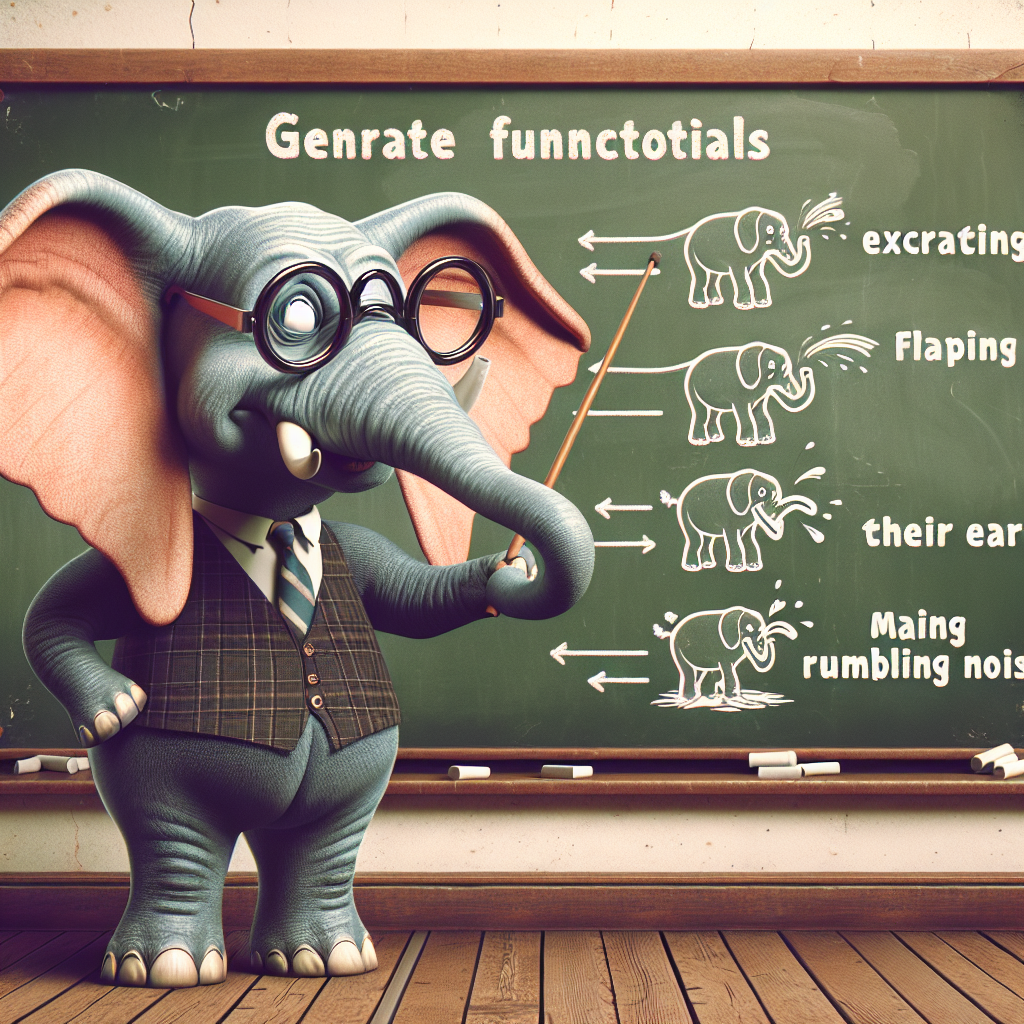Summary made by PDF Summary GPT
The paper introduces the Inter-Species Phonetic Alphabet (ISPA), a novel system for transcribing animal sounds into a precise, concise, and interpretable text format. This approach marks a significant advancement over traditional bioacoustic analysis methods, which often rely on continuous audio representations, offering limited interpretability and conciseness. ISPA aims to bridge this gap by providing a standardized method for transcribing animal sounds, facilitating their analysis using linguistic and machine learning techniques previously applied only to human languages.
Discovery Details:
The researchers detail the development of two transcription methods: ISPA-A, based on acoustics, and ISPA-F, based on audio features. These methods allow for the transcription of animal sounds in a manner that retains the original audio’s information while being both concise and interpretable. This innovative approach is a leap forward in bioacoustics, enabling the application of language model paradigms to animal sound analysis.
Methodological Breakdown:
The methodology combines traditional bioacoustics analysis with techniques borrowed from linguistics and digital signal processing. ISPA-A focuses on the acoustic properties of sounds, while ISPA-F translates audio features into discrete, interpretable segments. These methods utilize advanced algorithms, including pitch detection and Viterbi algorithm for segment optimization, to achieve their goals.
Challenges and Opportunities:
One challenge highlighted is the balance between precision, conciseness, and interpretability in transcribing animal sounds. However, this opens opportunities for future research in applying natural language processing techniques to bioacoustics, potentially revolutionizing our understanding of animal communication and its applications in ecology, conservation, and beyond.
TLDR:
ISPA introduces a groundbreaking approach to transcribing animal sounds into text, combining precision, conciseness, and interpretability. This facilitates the application of language models and machine learning to bioacoustic analysis, representing a significant advancement in the field.
AI Thoughts:
The implications of ISPA extend beyond bioacoustics, suggesting potential cross-disciplinary applications, including environmental monitoring, wildlife conservation, and the study of animal behavior. By treating animal sounds as a “foreign language,” ISPA opens new avenues for research into communication across species, possibly enhancing our understanding of animal intelligence and social structures. This research underscores the growing importance of interdisciplinary approaches in harnessing AI’s full potential to address complex biological and ecological challenges.
Finally a way to accurately represent my singing!
First thought: yay, now that’s the future in translation I want to branch out into!
Then again, I never could be arsed to learn the human phonetic alphabet.
Another thing I’m wondering about, and ultimately it’s the same with human languages: there is a risk of losing a lot of information if we focus on sound alone. There’s rich information for example in the skin color and feather display from birds - I imagine it to be as detailed and information-rich as the sounds they produce at same time, and ultimately just making sense in combination.
Yeah, sound is definitely not the whole story. I was just reading this paper on Combinatoriality and Compositionality, and they talk some about the importance of multimodal data when studying communication.
Multimodal communication in humans can take on the form of co-verbal gesturing, where spoken utterances are combined with movements of the arms and hands (Morgenstern, 2014). In apes, multimodal communication can include the co-occurrence of distinct facial expressions with manual gestures, such as variants of the reach gesture (Oña et al., 2019), the integration of visual and acoustic features in behaviors, such as lip-smacking (Micheletta et al., 2013), or the combination of social calls with different gestures (Genty et al., 2014). Bird song also can show variability in call combinations (Suzuki et al., 2019). For instance, bird songs often combine with coordinated visual displays whose performance can affect listener response (Girard-Buttoz et al., 2020; Williams, 2004). In all cases, the meaning of the units combined varies depending on how they are joined into larger aggregates, as well as how they are used in differential sociocultural settings.



